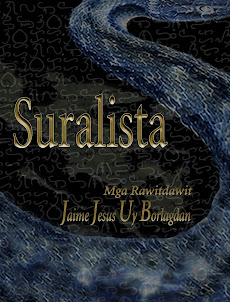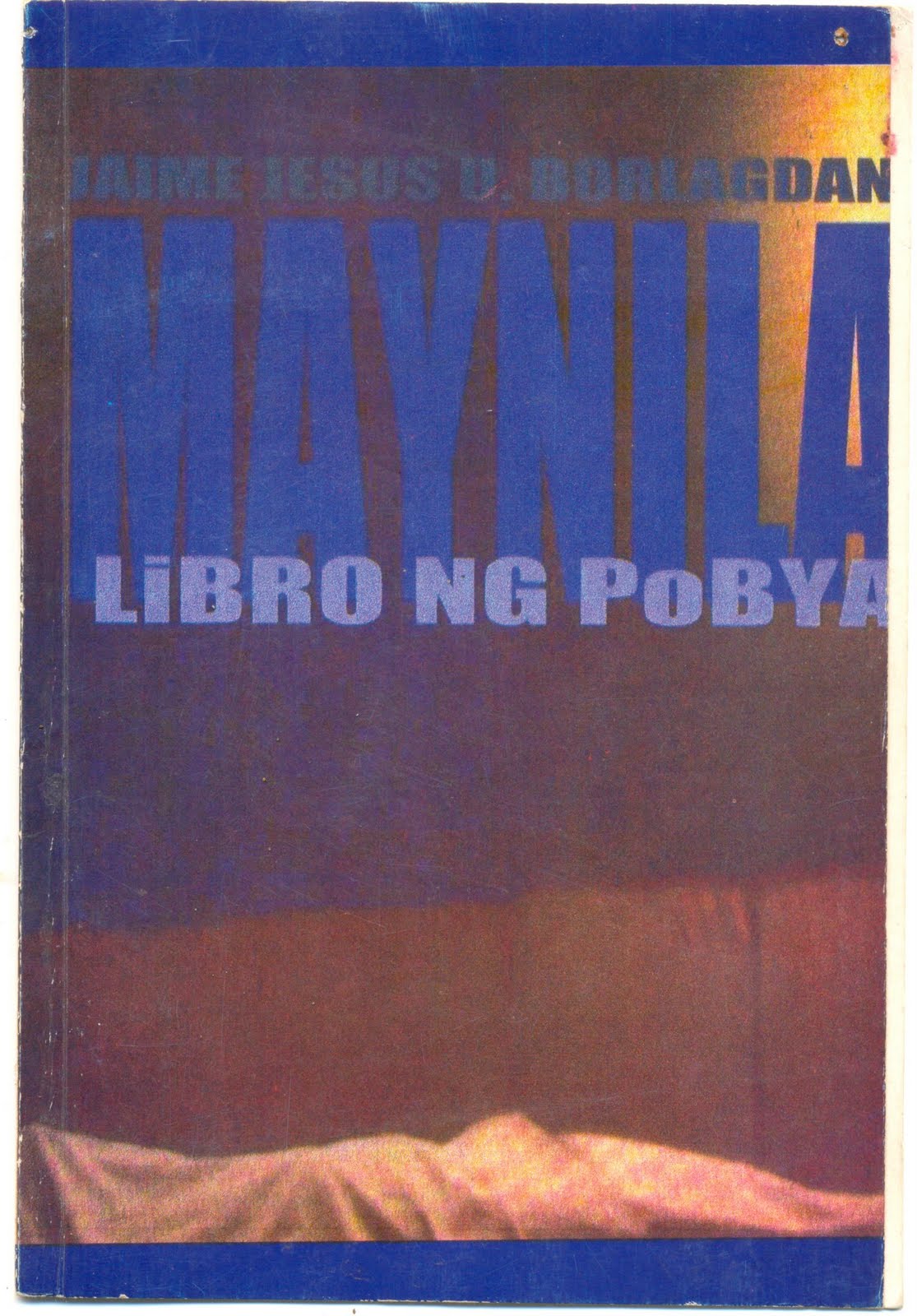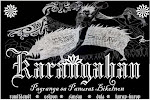
Taga-ganap lang ako ng mga anyo
na may katawan.
Kaya kong ibalik sa kalawakan
ang kanyang mukha,
dahil pag ako’y panatag, ako’y salamin.
Paano ako naging dakila?
Magsasalita na ako, makinig kayo.
Walang romansa sa aking dibdib,
wala akong laman kundi isda
at mga latong sumasayaw sa tipak ng bato.
Anong lalim ang ipinapahiwatig ng aking katahimikan?
Ang pusod kong asin at korales, daungan
ng mga kalansay ng nagaping mga barko.
Dala ang amoy ng mundo, humahantong
sa akin ang lahat ng tubig
upang umaklas sa mga baseyo
at humanap ng laya. Upang malambat
lang ng yakap ng dalampasigan.
Ngunit ano ba ang totoong nagmula sa akin,
ang totoong ibinigay ko,
ang aking awit, ang aking salita,
kundi ang kakayahang umako at mamutawi.
Sabihin niyo nang sa akin uuwi ang kulay ng langit
o magsusuklay ang buwan sa aking salamin,
subalit sabihin niyo ring ako’y isang pagluhang
nagbuo ng katawan
sapagkat ‘yan lang ang totoo,
iyon lang ang totoo.
*
*
*
*
Translation:
SEA OF MIRROR
I am the actor of forms
with bodies.
I can return the face of the universe
to itself,
for when I'm calm, I'm a mirror.
How did I become great?
I will speak, listen.
My breast is without romance,
I have nothing but fish
and sea weeds dancing on the shards of stones.
What depth is described by my silence?
My bottom of salt and corrals, terminals
of skeletons of defeated ships.
Carrying the scent of the earth, I am the end
of all waters
revolting from vessels
and seeking liberty. Only to be ensnared
by the embrace of the shores.
But what did really came from me,
what have I genuinely given,
my song, my words,
but the ability to accept and salivate.
You may proclaim that I am the shelter of the sky's color
or upon my mirror the moon combs
but you also have to say that I am the crying
which created a body
for only that is true,
only that is true.













